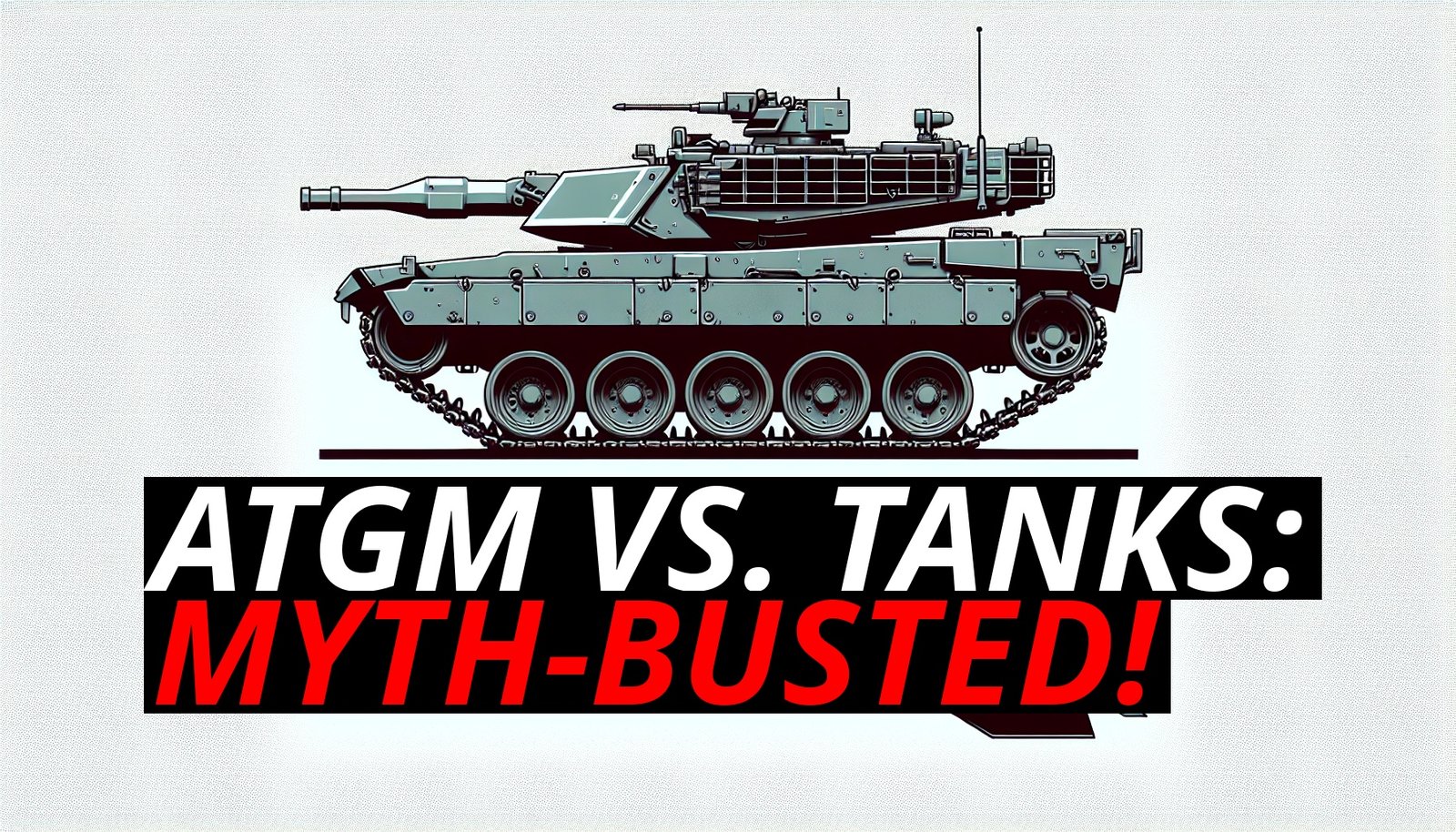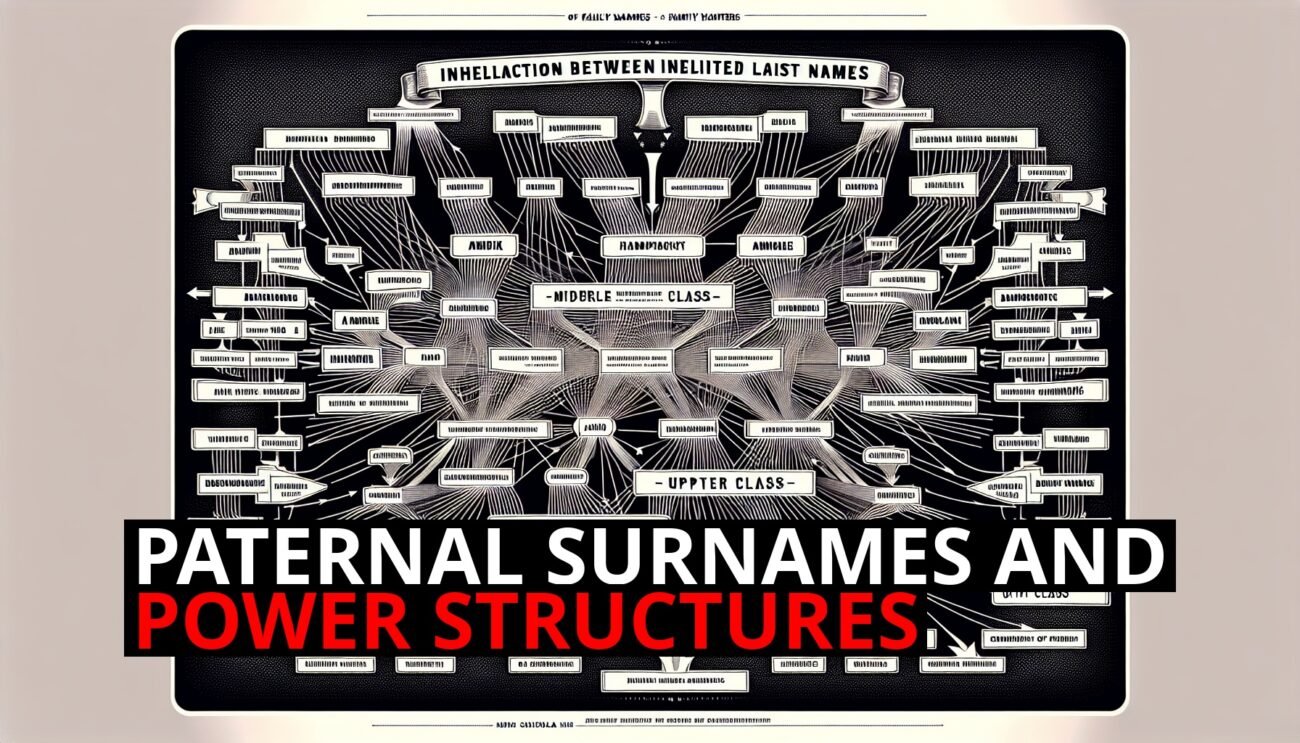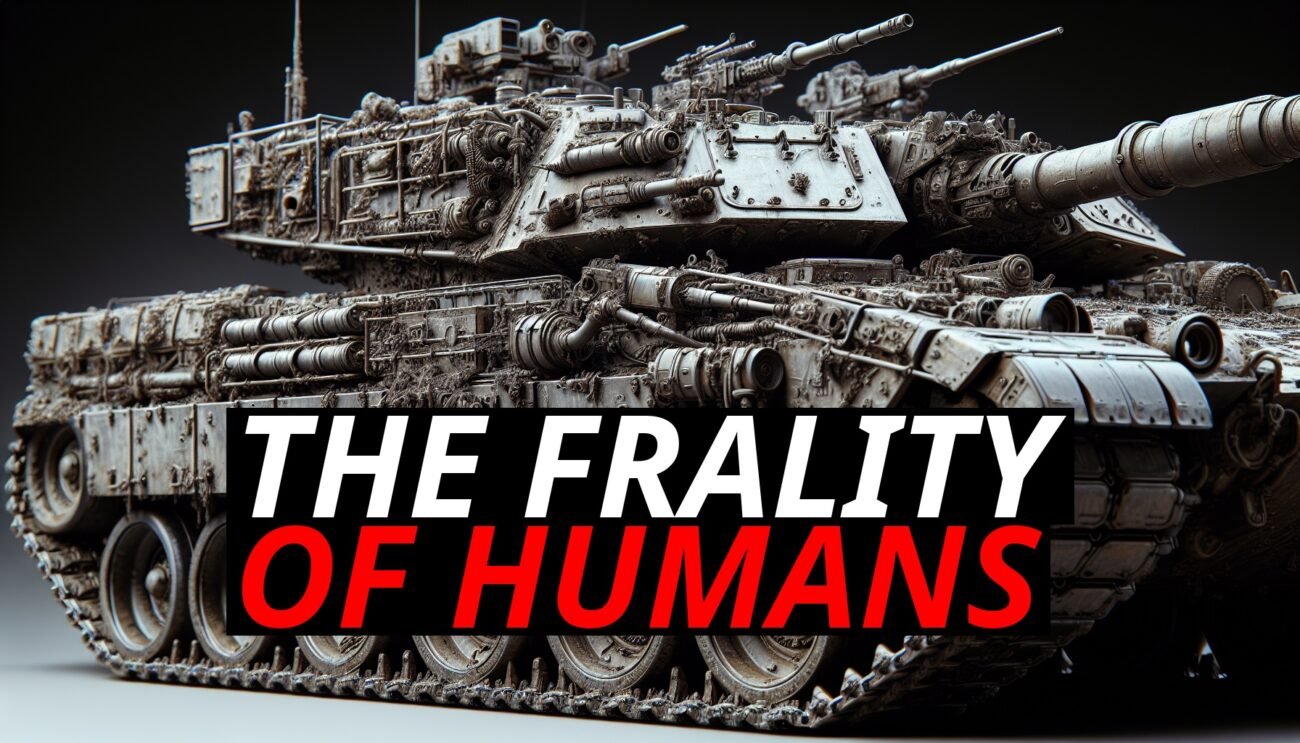The Misconception Of Cheap Anti-Tank Missiles Countering Expensive Tanks
Welcome back to Strategic Warfare! Today, we’re tackling a prevalent misconception in military strategy: the idea that expensive tanks can be effectively countered by cheap anti-tank guided missiles (ATGMs). While this assumption seems straightforward, the reality is far more complex. Let’s explore why relying on cheap ATGMs to take out tanks is a flawed strategy and examine the different platforms used to launch these missiles.
The Cost And Risk Of Infantry Using Atgms
At first glance, the idea that a multi-million-dollar tank can be destroyed by a relatively inexpensive ATGM is appealing. However, this notion overlooks several critical factors, including the costs and risks associated with deploying and using these missiles. Just as some argue that cheap ATGMs can take out expensive tanks, it’s important to note that cheap mortar rounds can equally devastate infantry.
Infantry Firing ATGMs:
– High Vulnerability: Infantry units are highly vulnerable to counter-fire from tanks, artillery, and other heavy weapons.
– Human Cost: A 120mm mortar round, costing only around $10,000, can easily wipe out an entire squad of infantry. The loss of these trained soldiers represents a significant investment.
– Risk to Life: Infantrymen are exposed to numerous threats, and the resulting casualties make this an unfavorable trade. While missiles might appear cheap, their human operators are not.
The Challenges Of Atgm Carriers
Next, we have ATGM carriers, which are armored vehicles equipped with missile launchers. While cheaper than tanks, they come with their own set of challenges.
– Fragility: ATGM carriers are more fragile than tanks and are at a disadvantage in direct combat.
– Vulnerability: Unlike ATGMs, tank guns cannot be intercepted by Active Protection Systems (APS), making direct confrontation dangerous for ATGM carriers. Tanks equipped with APS can intercept incoming missiles, reducing the effectiveness of ATGMs.
– Crew Protection: Tanks are designed to withstand damage and protect their crews. Even if disabled, tanks often result in fewer casualties compared to lighter vehicles like ATGM carriers.
Risks Of Aircraft And Helicopters
Aircraft and helicopters are effective platforms for launching ATGMs but come with significant risks.
– Vulnerability to Anti-Aircraft Weapons: While they can engage tanks from a distance, aircraft are vulnerable to anti-aircraft weapons.
– High Costs: A downed aircraft not only represents a significant financial loss but also risks the life of the pilot. The cost of maintaining and operating aircraft is high, and their effectiveness is contingent on air superiority.
Advantages And Limitations Of Drones
Drones are increasingly used to launch ATGMs and offer some advantages.
– Reduced Risk to Human Life: Drones do not have onboard operators, reducing the risk to human life.
– Cost-Effective: Drones are generally more cost-effective compared to manned aircraft.
– Target Prioritization: Deploying drones against tanks means these missiles are not being used against other targets, such as lighter vehicles, where they might be more effective.
Prioritizing Targets
Any missile fired at a tank is a missile not being fired at a lighter vehicle. If a tank gets hit, it’s more likely to survive, and the crew is likely unhurt even if the tank is disabled. Conversely, if a Humvee gets hit, you are likely to lose the entire squad. The discrepancy in casualties isn’t even comparable, highlighting the importance of prioritizing targets and understanding the true cost of deploying ATGMs.
Conclusion
The myth that cheap ATGMs can effectively counter expensive tanks fails to consider the broader implications and costs. While ATGMs are useful, they are not a silver bullet. Infantry launching ATGMs face high risks and casualties, ATGM carriers are vulnerable, aircraft are costly and risky, and even drones have limitations. The real cost of using ATGMs is far greater than the price of the missiles themselves. By understanding these complexities, military strategists can make more informed decisions about resource allocation and battlefield tactics. The key takeaway is that while ATGMs might be cheap, their operators are not. The most expensive part of any military operation is the people, not the equipment.
Share Your Thoughts
What do you think about the role of ATGMs in contemporary conflicts? Share your thoughts in the comments below. If you found this analysis enlightening, share this article with your friends and family. Let’s discuss the intricacies of modern warfare and the true cost of military strategies.













